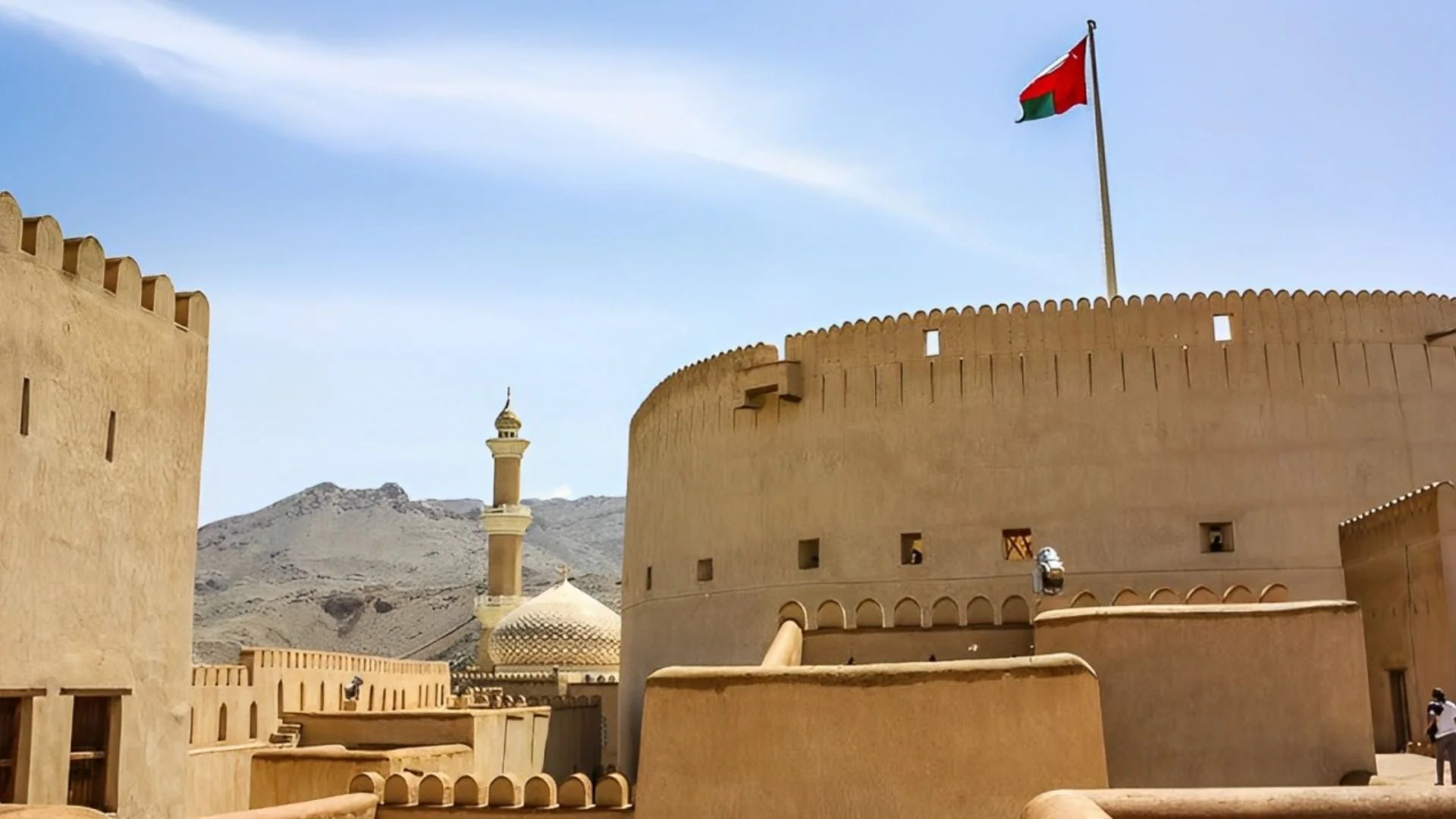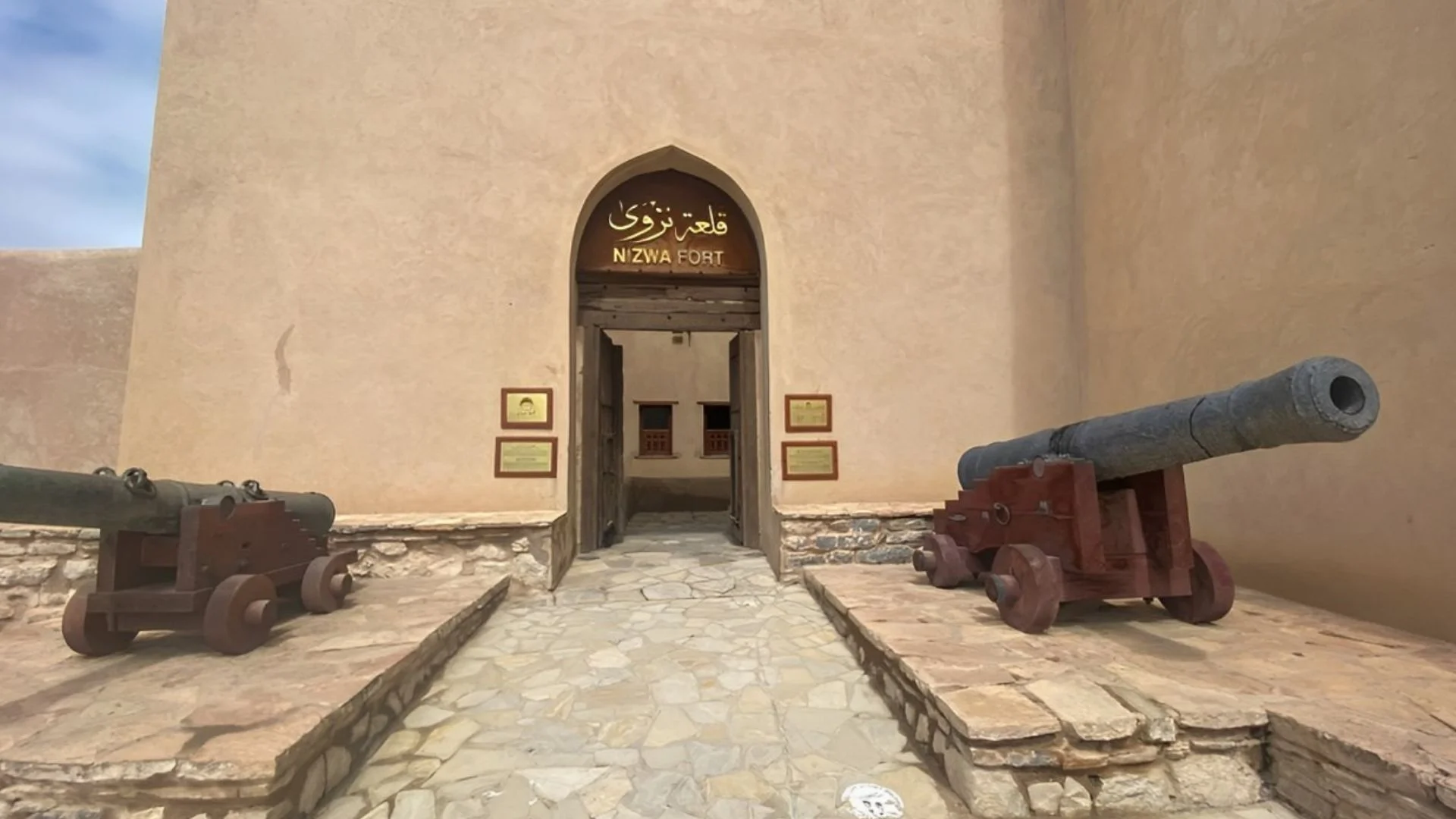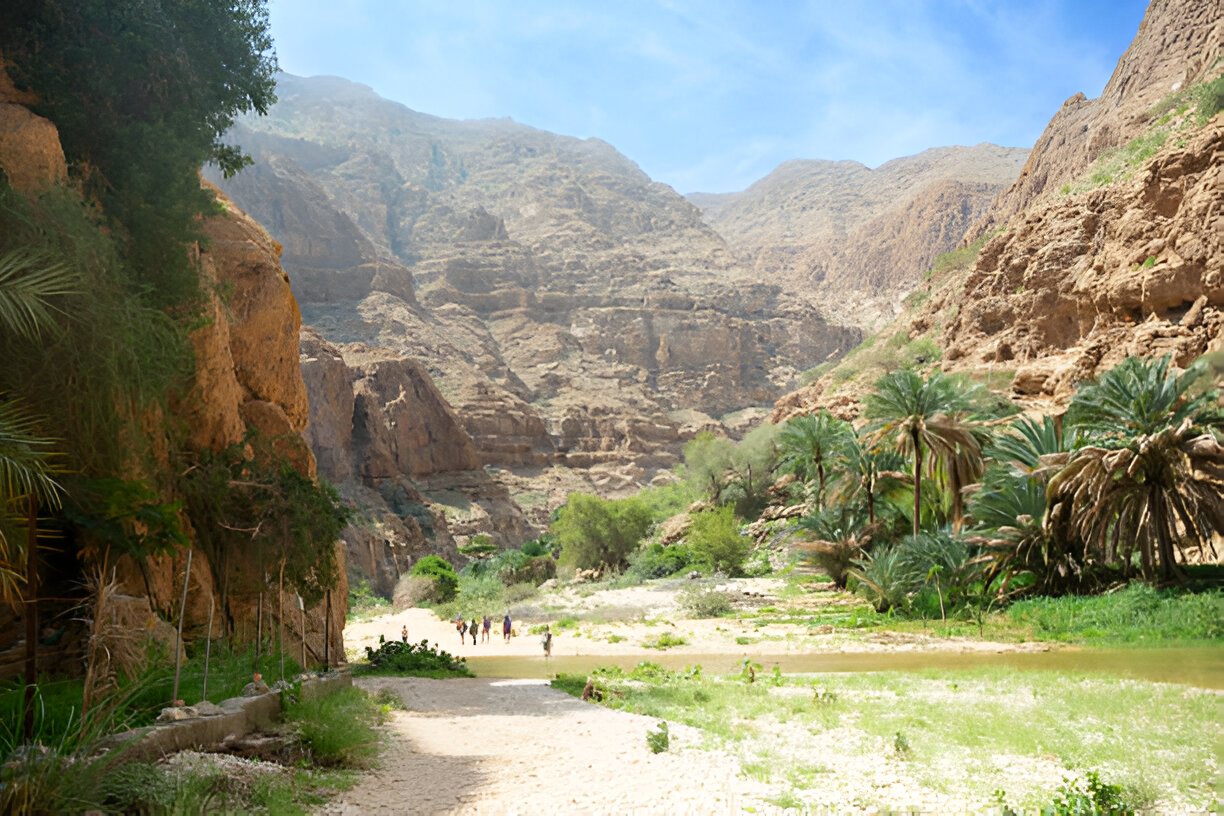

The Battle of Nizwa remains one of the most pivotal events in Oman’s history, symbolizing the country’s struggle for unity and independence. This battle, which occurred in Nizwa in 1957, highlighted Oman’s resistance to British colonial influence and set the stage for a more unified, independent nation. The struggle was part of the Dhofar Rebellion, influenced by shifting political powers across the Middle East. In this article, we’ll explore the historical background, key events, and lasting legacy of the battle on Oman’s path toward modernization and national identity.
The Battle of Nizwa was not just a territorial conflict; it was a defining moment in Oman’s journey toward independence and self-determination. Taking place in the historic city of Nizwa, this battle reflected a broader desire for national unity. By understanding the events and significance of this conflict, we gain insights into how it transformed Oman’s history.
Since the early 1800s, Oman had been under British influence, operating as a protectorate, which meant British control over its foreign policies. By the 1950s, Sultan Said bin Taimur ruled Oman with a conservative approach, isolating the country from the rapid modernization happening in nearby regions. While the Sultan’s policies were aimed at preserving Omani tradition, they left the nation lacking in basic infrastructure, education, and social services, fueling frustration and a desire for change.
The Sultan’s isolationist approach and minimal focus on development sparked dissatisfaction, especially among educated Omanis and urban populations who wanted access to modern education, healthcare, and employment opportunities. This rising frustration set the stage for a stronger sense of Omani identity, creating a unifying desire for reform and laying the groundwork for a movement toward independence and modernization.
The early 1950s saw a rise in Arab nationalist movements and anti-colonial sentiments, inspiring the creation of the Omani National Movement (ONM) in 1957. This group demanded reform and the end of British influence over Oman. The ONM brought together political groups, social factions, and tribal communities who were united in their resistance to Sultan Said’s regime and the lack of development across Oman. For many Omanis, the Sultan’s isolationist stance had become out of touch with the realities of a changing world.
The shifting political landscape in the Middle East during the 1950s further intensified the situation. Events like India’s independence in 1947, the rise of Arab nationalism, and the Cold War tensions between the United States and the Soviet Union reverberated across the region. These developments affected Oman’s internal dynamics, fueling opposition to Sultan Said’s rule. Concerned with the possibility of a regional ripple effect, the British stepped up military support for the Sultan to secure their strategic interests in the Gulf.

By April 1957, tensions in the Nizwa region had reached a peak. The ONM began organizing protests, with Nizwa—a historic center for culture and trade—becoming a symbol of Omani nationalism. In July, violence erupted as Sultan Said’s forces clashed with rebel fighters, leading to what is now known as the Battle of Nizwa. The battle would highlight the determination of the Omani resistance and mark the beginning of a new era in Omani history.
The rebels, comprised mainly of local tribesmen and ONM supporters, used guerilla tactics to confront Sultan Said’s forces. Although they were outnumbered and lacked sophisticated weaponry, the rebels’ knowledge of the mountainous terrain around Nizwa allowed them to stage surprise attacks and ambushes. Despite their disadvantages, the Omani rebels showcased remarkable resilience. The intensity of the battle and the Omani fighters’ courage would leave a lasting mark on the nation.
Although the Sultan’s forces eventually subdued the Nizwa uprising, the battle became a symbol of Omani unity and resistance against foreign influence. The fierce resistance fostered a shared national sentiment, inspiring further support within Oman and across the Arab world. The battle united previously divided tribal communities, marking the start of a national movement toward independence and modernization.
The battle led to an escalation in the Omani independence movement, which continued well into the 1960s. The Omani National Movement intensified its efforts, launching more attacks across Oman, gaining support from neighboring Arab states. This period of resistance fueled a growing demand for political reform and self-determination. Although Sultan Said remained in power, the conflict planted the seeds for a future Oman that would embrace unity and progress.
The prolonged conflict and dissatisfaction with Sultan Said’s rule set the stage for a historic shift in 1970. Sultan Qaboos, educated in the West, took the throne after a bloodless coup, ushering in a new era for Oman. Sultan Qaboos recognized the need for modernization and initiated reforms in education, healthcare, and infrastructure, helping Oman integrate into the global economy while honoring its rich cultural heritage.
Under Sultan Qaboos’s leadership, Oman saw significant progress, embracing modernization and fostering national unity. His policies prioritized infrastructure development, education, and the preservation of tribal traditions, creating a stable environment for the nation to thrive.

The Battle of Nizwa and the broader independence movement were instrumental in shaping modern Oman. The struggle for unity and self-determination remains central to Omani identity, and the battle’s legacy continues to influence the nation’s path. The collective memory of this battle reminds Omanis of their enduring resilience and serves as a source of national pride and purpose.
Today, Oman stands as a modern state, balancing progress with tradition, and drawing from the lessons of its past to create a future focused on stability and inclusivity.
The Battle of Nizwa marked a turning point for Oman, symbolizing a complex struggle for independence, identity, and modernity. While the battle was a short-term victory for the Sultan’s forces, its impact resonated for years, driving Oman’s transformation into a unified and modern state. This chapter in Oman’s history is a testament to the country’s resilience and serves as a reminder of the enduring quest for unity, growth, and national identity.
The legacy of the Battle of Nizwa endures as Oman faces the challenges of the 21st century. It remains a symbol of Omani strength, a commitment to progress, and a respect for history that continues to shape the future of the nation.
Never miss any important news. Subscribe to our newsletter.







